

The air-hydro unit consists of a converter and a valve unit that are compactly integrated. It converts air pressure to an equivalent hydraulic pressure, and this hydraulic pressure is used for operating an actuator, thus solving the problem that is associated with the compression characteristics of air. Thus, in spite of using pneumatic equipment, it performs similarly to a hydraulic unit,
Size: Small Flow Style, Control Valve: Speed Controller, Combination Valve: Stop Valve, Voltage: 100VAC, Electrical Entry: Grommet, Suffix: Valve Single Unit
Size: Small Flow Style, Control Valve: Speed Controller, Combination Valve: Stop Valve, Voltage: 24VDC, Electrical Entry: Grommet, Suffix: Valve Single Unit
Size: S (Small Flow Style), Control Valve: 1 (Speed Controller), Combination Valve: 2 (Stop Valve), Voltage: 1 (100VAC), Electrical Entry: G (Grommet), Suffix: S (Valve Single Unit)
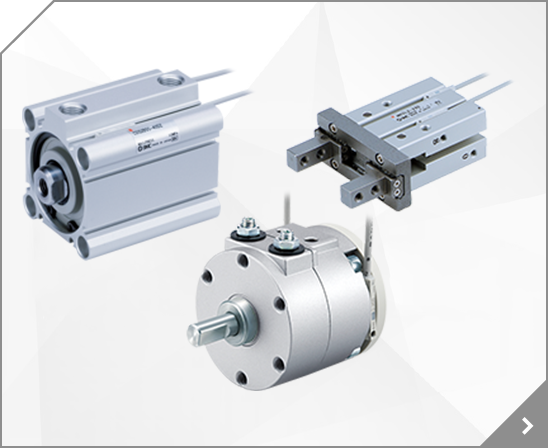
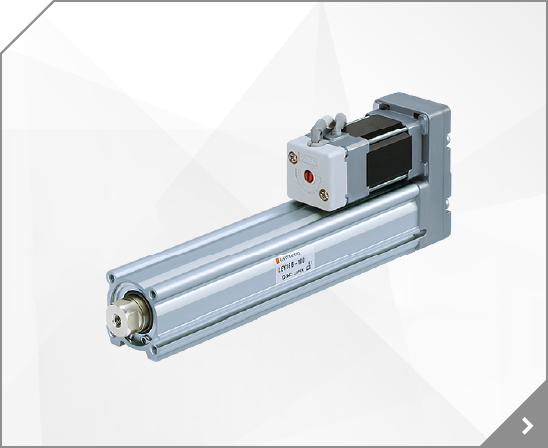
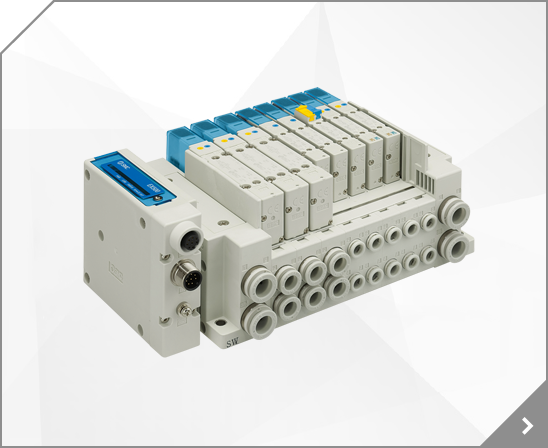
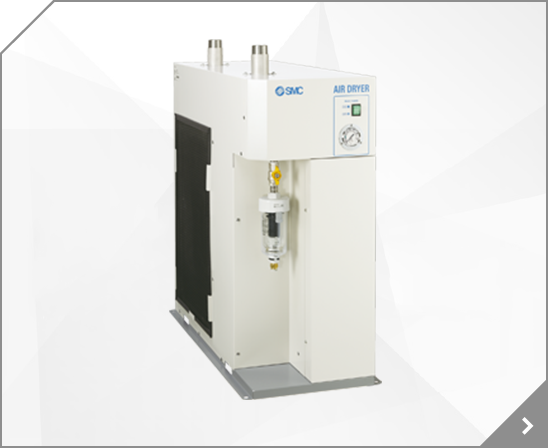
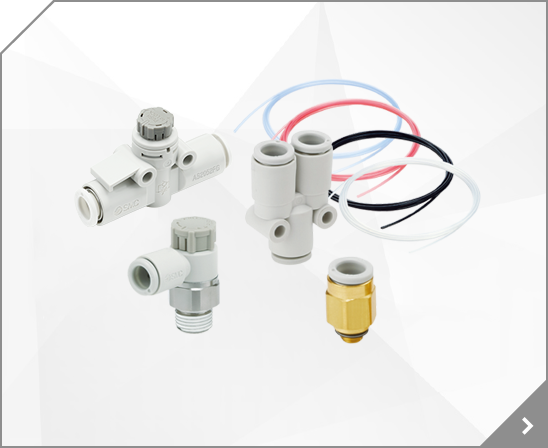
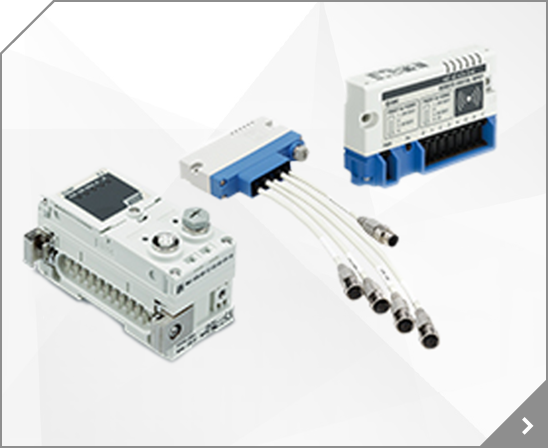
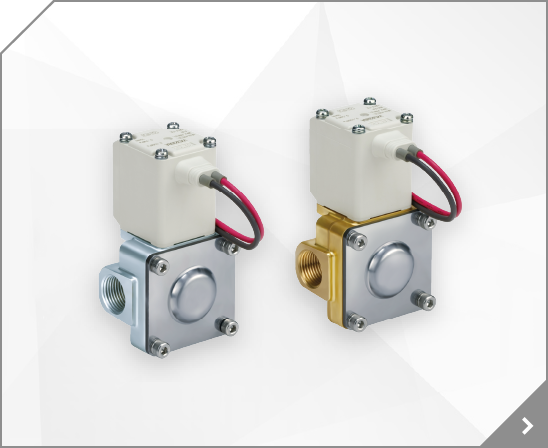
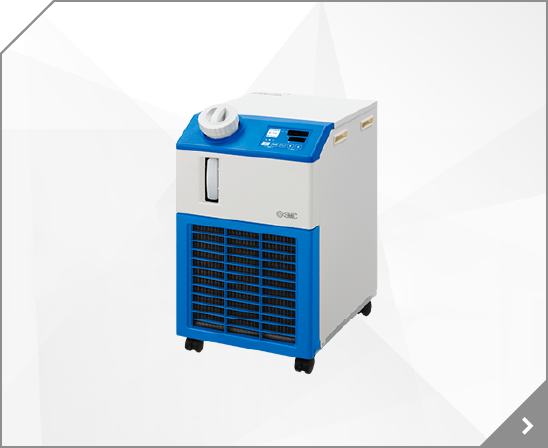
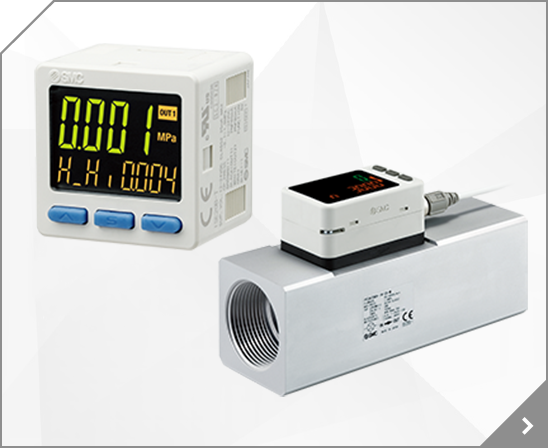
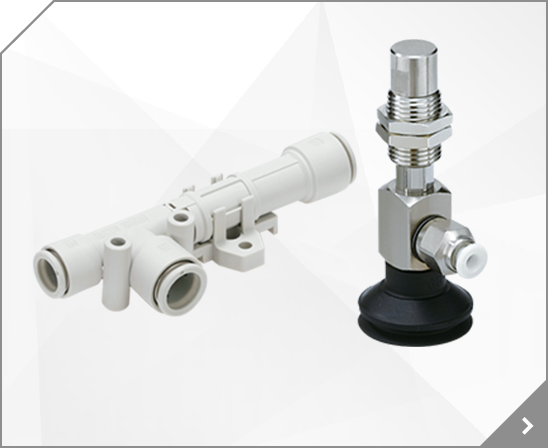

 Catalog: CV/MVGQ
Catalog: CV/MVGQ